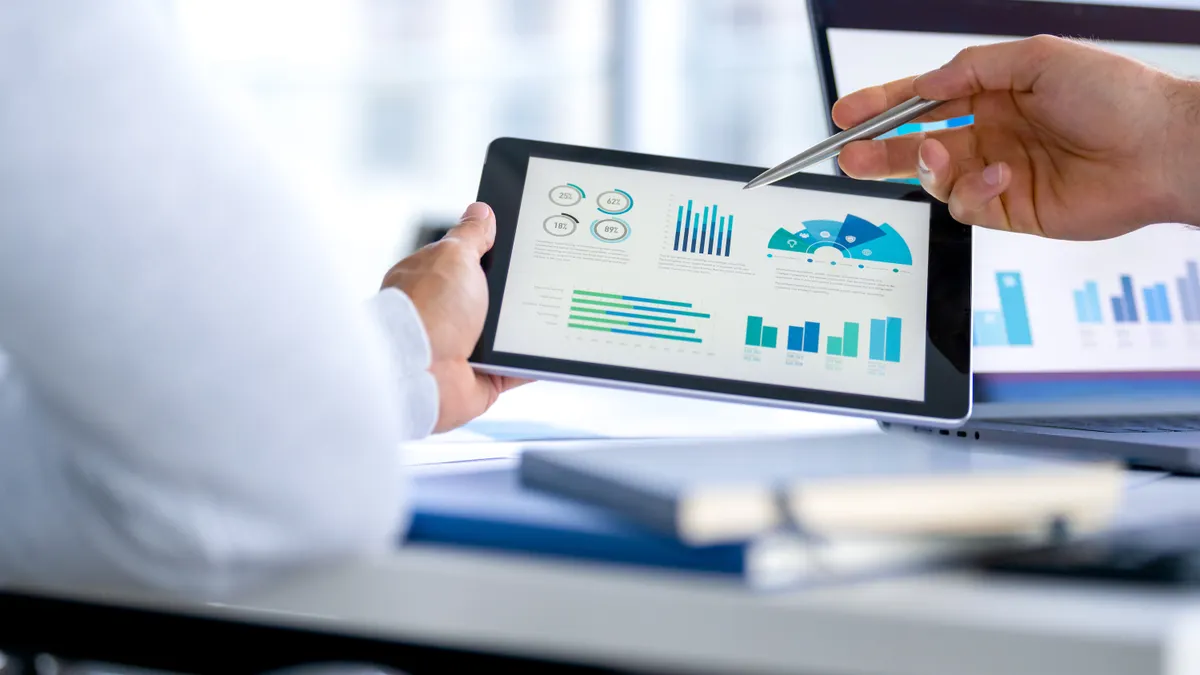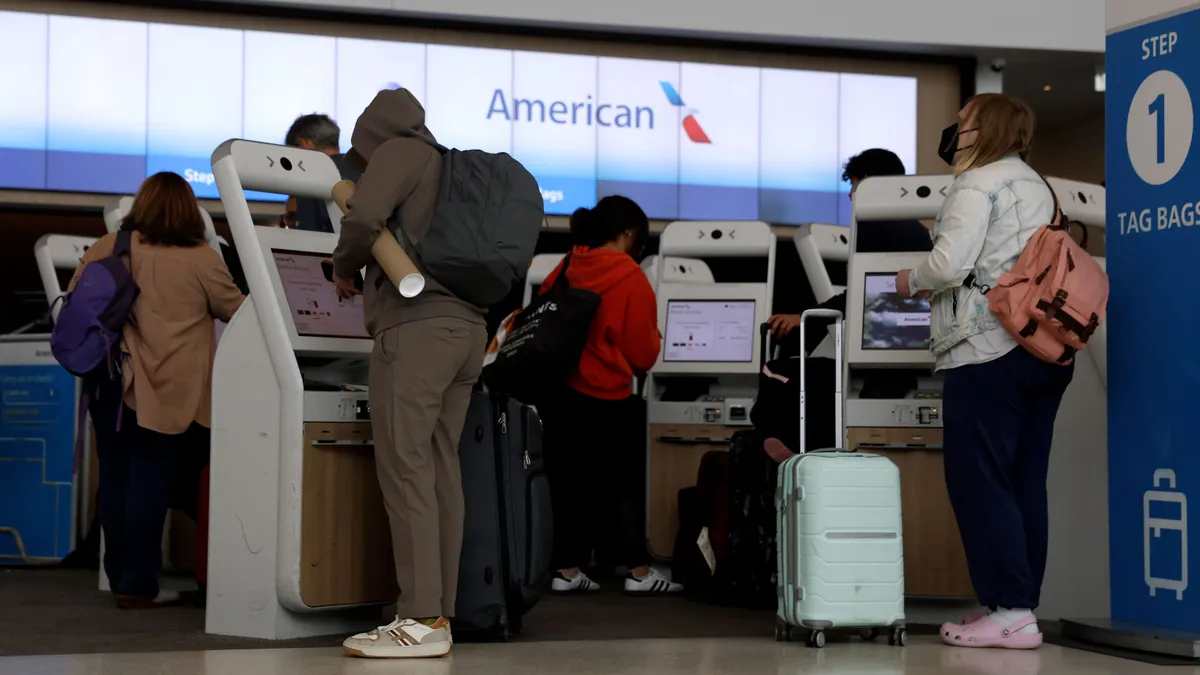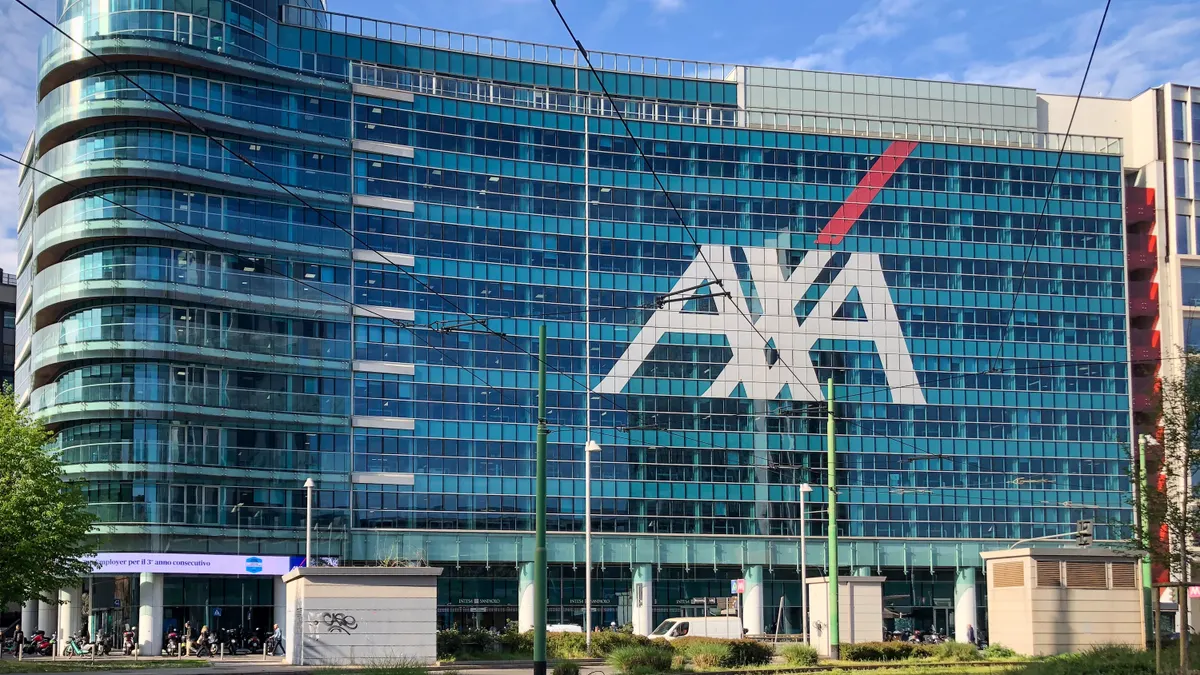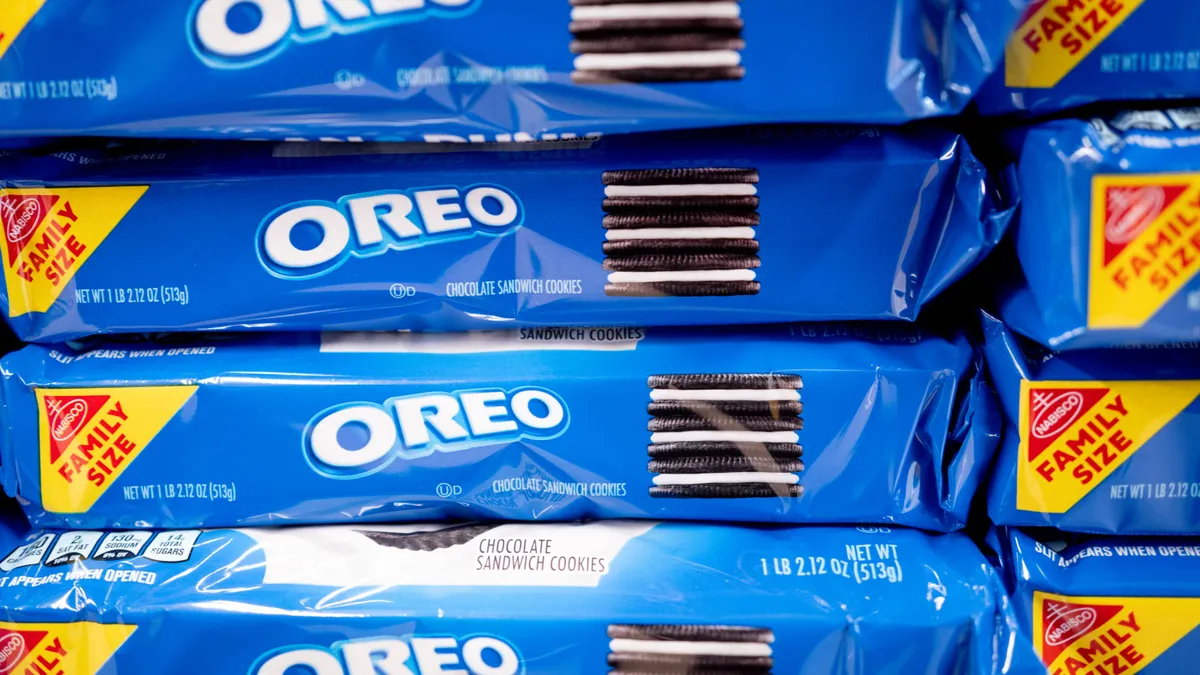Companies seeking modernization turn to technology for agility. It requires more speed, not just in terms of processing capabilities, but also business metrics. And the swap needs to happen with minimal disruption.
In August, Campbell Soup Company completed a six-month ERP software modernization, migrating from Oracle's database technology to SAP HANA 2.0. The company's nearly-$5 billion purchase of snack maker Snyder's-Lance drove the project. Though the transaction was completed in 2018, the organization is working on systems integration.
Once systems are integrated, the company will have a significant increase in transactional volume, said Francisco Fraga, CIO at Campbell Soup Company. "To be able to absorb that effectively, we needed a dramatic improvement in our system's performance."
As part of the process, the company switched its existing SAP tools — including SAP's enterprise resource planning platform ECC and critical supply chain and reporting tools — over to SAP's database.
Upgrading the database component of Campbell's ERP is part of a bigger plan to analyze company data in place and in real time. In uncertain times, providing analytics that guide business decisions becomes critical to better understand consumer pattern changes.
Despite financial uncertainty ahead, the fourth quarter in the company's fiscal year caught Campbell on the upswing. Net sales rose 18% year-over-year, from $1.7 billion in 2019 to $2.1 billion in 2020.
With homebound consumers, Campbell products experienced "unprecedented broad-based demand across our brands," as the effects of the pandemic unfolded, said Mark Clouse, president and CEO, during the Q3 2020 earnings call.
The company adapted production schedules, increased manufacturing and adjusted the variety of products produced in response to supply chain shifts, changes that require an agile IT infrastructure.
Migrating in uncertain times
Campbell aligned around one goal as it shifted critical systems: business continuity.
"Our key area of consideration was downtime," Fraga said. "As you can imagine, when you are operating what I would call the heart of our operations, from a systems perspective, you are creating an impact on the business operations."
To minimize migration impacts, testing became essential. In particular, regression testing helped ensure the previous capabilities of the company's IT infrastructure weren't hindered during the migration.
The migration converted 22 terabytes hosted on Oracle database over to HANA DB in nine hours, SAP said in an email. The process was performed over the weekend to minimize downtime and the impact to business operations.
In a way, the migration helped mitigate risks of disruption, Fraga said. Multiple scenario planning becomes critical while dealing with the supply chain disruptions and rapid shifts in consumer demand introduced by the crisis.
Demand for consumer packaged goods (CPG) soared between spring and summer, triggering bottlenecks in the global raw materials supply chain. As the pandemic progressed, issues in the food industry moved from logistics to manufacturing, with some brands such as McCormick scaling up their factories to keep up with demand.
Improvements to the systems supporting Campbell's ERP fit into Fraga's broader tech goals at Campbell. The executive describes his ideal IT architecture as cyber safe, cost effective and agile. To get there, shifting most workloads to the cloud was a critical step.
Considering risk
For many companies in the CPG space, the pandemic meant keeping a steady hand on business continuity as well as product innovation.
Although some companies paused or delayed key upgrades in the pandemic, about as many companies are accelerating upgrades as a response, said Liz Herbert, VP and principal analyst at Forrester.
"This whole pandemic has really highlighted the need for modern, flexible systems," said Herbert.
In Campbell's case, upgrading the database that supports critical business technology is an incremental step toward large-scale modernization, instead of a direct move to newer ERP systems such as SAP's own S/4 HANA.
"Those are just two different styles" of managing the modernization process, said Herbert. "There's not one right way to do it, it really depends on what they need," Herbert said
The incremental strategy comes at a trade-off, Herbert said. Some companies might err on the side of caution, foregoing more in-depth overhauls in the face of existing disruption. In some cases, infrastructure modernization doesn't lead users to "necessarily experience anything too different."
"It's not the same as moving to the next-generation product that has the modern user interface and real time AI," Herbert said.
Eventually, the goal for Campbell's IT backbone is to switch to SAP's S/4 HANA ERP platform to enable real-time analytics. Though it's a part of the roadmap, the company hasn't defined a timeline for the upgrade.
Decisions around ERP modernization, as well as any large-scope project, must symbolize unity between IT organization and the goals of the business at large, Fraga said.
"When we have a winning business case, and it's clear, and we can draw a direct line between that business case and our corporate goals, then it's a very easy conversation," Fraga said.
Correction: A previous version of this story incorrectly described Campbell Soup Company's net sales growth as earnings.






















